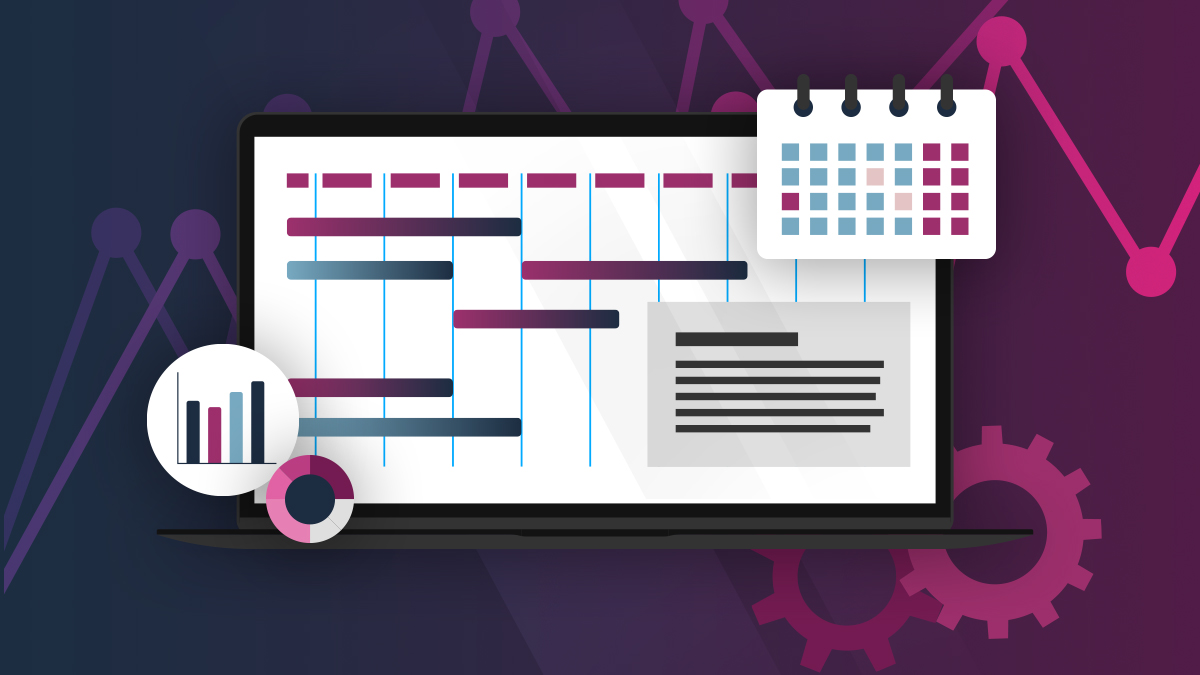Waterfall, Agile, Lean, are terms anyone involved with a digital project has likely heard before, but these terms aren’t just business jargon; they are the names of some of the most popular project management methodologies. These methodologies, or frameworks, were designed to give project teams a rough guide on how to add order and organization to their projects and improve efficiency and success. Each methodology has its own unique way of approaching projects, creating various pros and cons, and can be more beneficial depending on the type of project. Marketing Technology (MarTech) projects are no exception, with each methodology providing particular benefits and pitfalls.
What is a MarTech Project?
The term Marketing Technology (MarTech) refers to the different tools and software companies utilize to digitally power their campaigns and strategies. Examples of MarTech include: Content Management Systems, Customer Relationship Management software, and Customer Experience software, among many others. While implementation and maintenance of these different platforms have unique challenges, there are some key similarities when deciding on which project management methodology to employ. The common needs shared across all MarTech projects are a sound baseline implementation and the ability to quickly pivot in response to ever changing markets.
Waterfall
- Definition: The waterfall methodology is characterized by its distinct stages that are typically chronologically dependent upon the other stages. The work for these stages is thus typically preplanned and performed in a linear fashion. These stages typically include Discovery, Design, and Implementation phases. Once all phases are complete the end-product is then pushed live.
- Pros: The work for waterfall projects is typically well defined, which allows for better planning and more realistic dates to be set. Additionally, since all the planning has happened upfront, mid-project scope changes are less likely. This emphasis on upfront planning makes Waterfall projects especially effective for larger, more complicated projects.
- Cons: The extra time put into planning can mean stakeholders are waiting longer to get a viable project live. Additionally, with all the planning happening upfront, mid-project changes can be costly and cause long delays and rework.
Agile-Scrum
- Definition: The agile methodology was created as a response to Waterfall with the goal of producing a viable product sooner. Agile works through iteratively delivering pieces of the project, while constantly reevaluating the project requirements and plans. In comparison to Waterfall, where the team will design then build the full product, agile teams will design and build individual parts of the project as it progresses. Scrum is considered an Agile framework. In Scrum development, the project teams work in short time cycles called sprints. Within each sprint there are a variety of ceremonies the team engages in. These ceremonies serve to plan and review work. At the end of each sprint, the team should have a product that they can take to market.
- Pros: Scrum allows for flexibility since the team is constantly reevaluating the project requirements and plans. Scrum allows for a product to get to market sooner as it focuses on building out the core functionality to start. Scrum aids in capacity planning as the team is planning in short cycles.
- Cons: Constantly changing requirements can force rework on previously completed parts.
Agile-Kanban
- Definition: Similar to Scrum, Kanban is a framework for utilizing the Scrum methodology. Kanban development differs from Scrum in that it focuses on the visualization of the work, while Scrum is more focused on the inter-team dynamic. Kanban breaks the work into user stories that are then visually shown on a board. The board is broken down into columns such as “In queue”, “In progress”, or “done.” Future work items live in a backlog and are then prioritized as existing stories are completed.
- Pros: Kanban is a great way to visually view status of work items. It also helps ensure that resources have the proper bandwidth to handle their workload.
- Cons: This type of framework is less suited for work with heavy and tight deadlines, as it focuses more on the bandwidth of the team rather than timing of the completion of work. Additionally, there is no clear completion point which could cause teams to keep continually improving their products to the detriment of the greater project.
Lean
- Definition: The Lean methodology employs a set of principles aimed at maximizing project efficiency through eliminating waste and clutter. True to its name, a Lean project will aim to be efficient with no waste. The methodology encourages project leaders to continuously look for areas to improve in the pursuit of perfection. The methodology came to prominence in the manufacturing world but has been retrofitted for the digital world.
- Pros: Creating efficiencies on projects means that projects can be completed sooner and likely at a lower cost.
- Cons: An efficient, focused team will have minimal room for error and rework. This could make any changes that happen during the project extra costly. Additionally, when focused solely on increasing efficiency, teams may lose some ability to ideate and come up with creative solutions.
Decision
While value can be found in all project methodologies, I’d recommend utilizing Agile-Scrum. Scrum gives the best flexibility for project changes while not sacrificing timing or efficiency.
